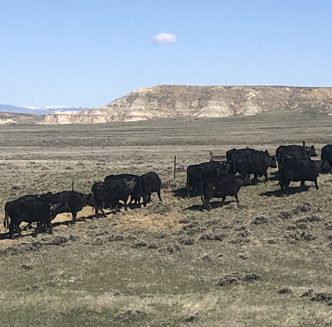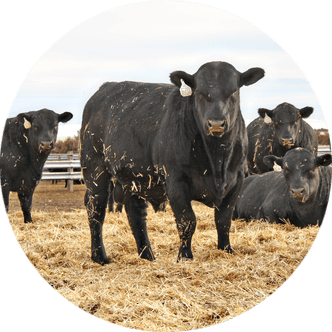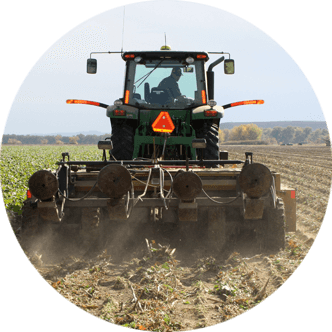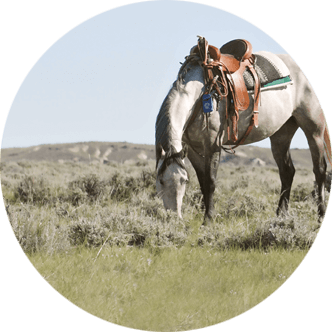Wyoming Weed and Pest Council: Drones Used to Help Prevent the Spread of Invasive Plants
In years past, the Wyoming Weed and Pest Council (WWPC) has relied on their staff to spray and protect areas of the state which have seen or are susceptible to non-native plants and weeds.
Without treatment, invasive plants such as cheatgrass and Palmer amaranth could cost Wyoming taxpayers millions of dollars in damage every year.
At the Sublette County Weed and Pest District, it fell to team members to spray infected areas by hand, a timely and often less than perfect method.
“When backpackers or a guy with a four-wheeler go out and spray part of an affected area, they’re going to have to refill their pesticide, then go back out to where they left off,” said Lars Anderson of the Sublette County Weed and Pest District. “They might accidently skip an area or don’t start exactly where they left off. There are little things which allow invasive weeds to sneak between the cracks.”
This is why Sublette County, along with 11 other weed and pest districts across the state, have begun deploying some of the newest, innovative technology in their fight to keep Wyoming wild and beautiful.
Utilizing drones
The Hylio AG-130 drone, which is the model specifically used by Sublette County, is built to hold eight gallons of pesticide spray and can be programed to spray large fields with precision accuracy in one-third of the time it would normally take.
“Typically, we would have an eight-man backpack crew to do these spraying projects,” said Anderson. “This frees them up to do other things, and we can now get more done county-wide than we could before.”
The drone also comes equipped with radar sensors which detect terrain and adjusts accordingly to avoid obstacles and provide an even spray across the desired area, reaching places weed and pest crews could not access before.
A path is mapped out on the drones GPS before it takes off, allowing the crew to specify which areas to spray down to the exact inch they desire. The drone then takes off and automatically guides itself through the path, completing its task in a quarter of the time it would take to spray on foot.
“There are some limitations we’ve had to learn,” Anderson admitted. “If there is a really steep, rugged hillside, it won’t always spray as effectively as it could. These drones are used on crops for flat farms, and it doesn’t always do well over some of the rocky terrain we have here in Wyoming. So it isn’t a miracle tool, but it is saving us a lot of time, money and manpower.”
Statewide collaboration
To prepare for the arrival of the AG-130, the Sublette County Weed and Pest team spent time with other weed and pest districts that were already deploying their own drones. Not all districts use the same type of drone, and the time spent observing and learning allowed them to develop their own strategies for transporting, deploying and storing the new drone.
In the end, the team outfitted a truck to work as a mobile command center, allowing them to easily transport the drone and all of the supporting tools to any of their spraying sites.
They hope their strategies are shared among other districts to better improve their drone programs, just as they did when their drone was launched.
“We all have a close working relationship, and we bounce things off of each other,” said Anderson. “Things will grow. We’ll share ideas. If we can make anything better in our district, we’ll share it with the others, and this is what makes WWPC such a great organization as a whole.”
The Sublette County Weed and Pest Team says they hope to continue expanding on their program and look for even more ways to efficiently keep Wyoming wild and beautiful.
WWPC is comprised of 23 weed and pest districts in the state of Wyoming. The council works closely with the Wyoming Department of Agriculture and the University of Wyoming to keep current with the latest technology and research available in the ongoing management of noxious weeds and pests. The overall mission is to provide unified support and leadership for integrated management of noxious weeds and pests to protect economic and ecological resources in the state.





